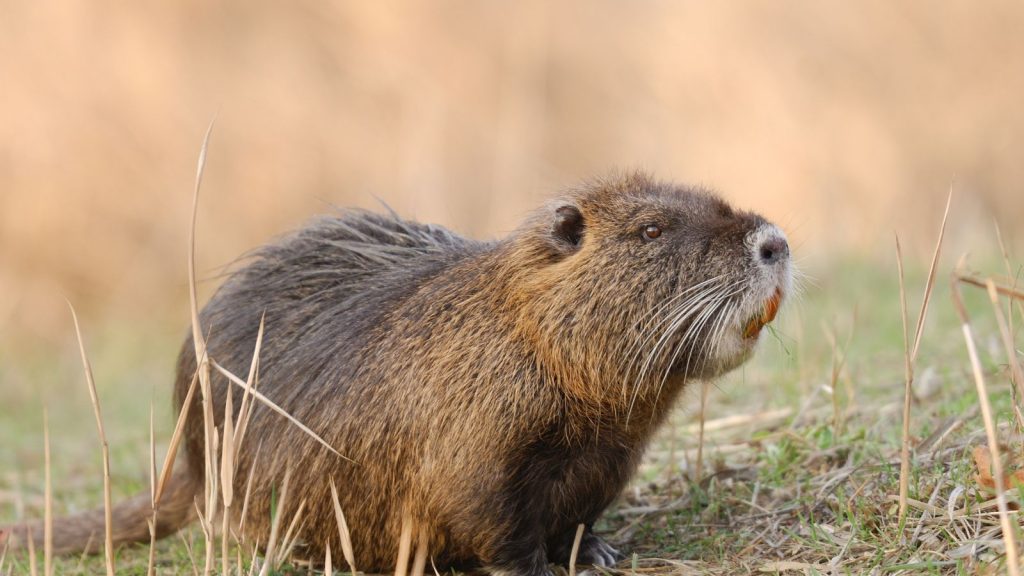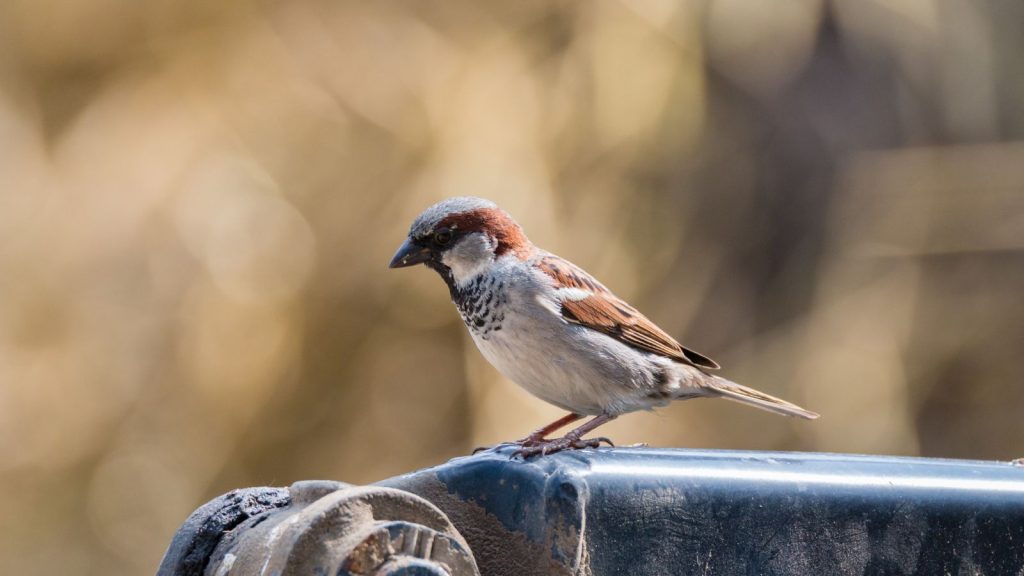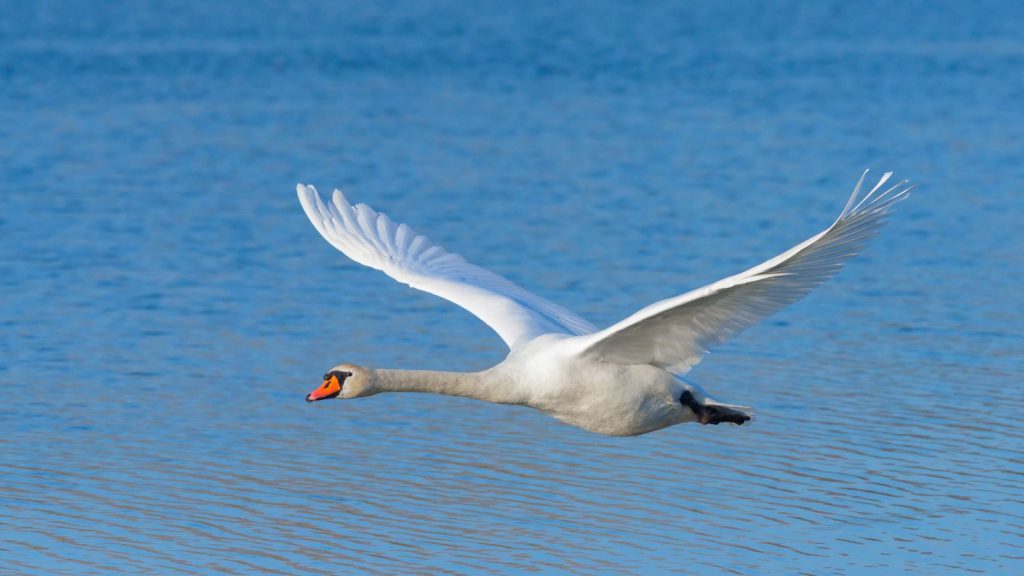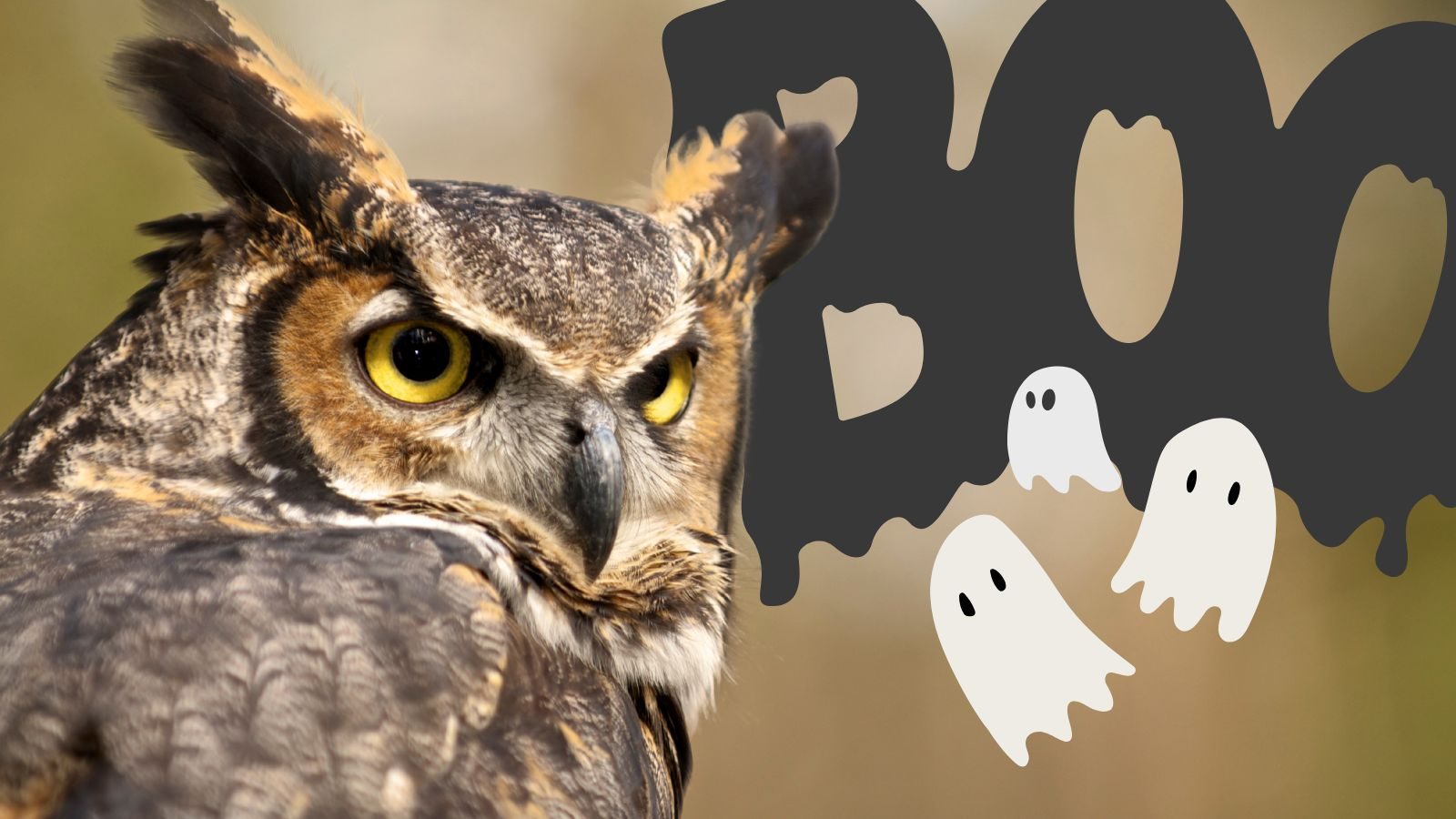Kate Katauskas and Sam Bower
Communications Intern and Sr. Communications Manager
Have you ever watched a scary movie and thought you’d be able to escape before getting caught by the creature? For moviegoers, that fantasy is part of the thrill. We know a story is all it is. Unfortunately, many native Illinois species live that horrifying scenario every day—and the outcomes are devastating. Invasive mammals, plants, fish, and insects are claiming space in habitats across Illinois.
In many cases, they’ve caught up. They’re outcompeting native species for resources like food and shelter. They’re so ingrained in our day-to-day that we don’t question their presence around us. Policies like the Indigenous Peoples’ Conservation Rights Act and Rewilding Illinois, both passed by the Illinois General Assembly earlier this year, are key steps in the right direction toward effective natural resource management and conservation efforts.
Below, we highlight seven invasive species — some quite familiar to us. This Halloween, it’s important to remember the things that go bump in the night might prowl in the daylight, too.
2025 Conservation Wins
IEC is proud we helped pass two key bills strengthening conservation efforts in Illinois.
Indigenous Peoples’ Conservation Rights Act — HB1605
(Gordon-Booth/Walker)
Adds federally recognized native american tribes to the list of entities that can hold a conservation easement.
Rewilding Illinois — HB2726
(Moeller/Ventura)
Defines the term “Rewilding” in state statute for the Illinois Department of Natural Resources to use as a strategy for ecological restoration.
Invasive Species
Nutria
The nutria is a medium sized rodent native to South America. In South America, nutria fill a niche similar to our beavers and muskrats. However, in North America and globally, nutria destroy wetlands and spread disease. When they feed, they actively pull the roots of aquatic plants out of the ground. They can be found in ponds, rivers, marshes, swamps and more. The Illinois Department of Natural Resources warns of nutria in Illinois, saying, “Nutria are considered one of the planet’s most ecologically harmful invasive species.”
In 2024, Southern Illinois University–Carbondale scientists tracking native Illinois semi-aquatic rodents—beaver, muskrat, mink, and river otter—included the nutria in their research efforts. They were able to confirm the presence of nutria at two of the 67 sites they worked at. They believe that the habitat in southern Illinois might not fully support nutria now. But, they say that “if climate change models are accurate and Illinois becomes warmer, that may change.”

House Sparrow
If you’ve gone for a walk anywhere, we’ll bet you’ve seen this bird everywhere. The house sparrow is a terribly successful invasive. The Peggy Notebaert Nature Museum calls them “aggressive.” They’re known for stealing nests, food, and other resources from native birds.
Introduced from Europe in the mid-1800s, one of the main birds they compete with are bluebirds, often killing them or stealing their nests. According to the Virginia Department of Natural Resources, house sparrows are more likely to be found in urban areas like cities versus grasslands or woodlands. The Illinois Department of Natural Resources says that between 1868 and 1886, they had spread across the state.
Illinoisans are encouraged to discourage house sparrow nesting by destroying their nests. However, make sure not to remove the nests of native species like the “eastern bluebird, house wren, tree swallow, and chickadee, [which] are protected by the Migratory Bird Treaty Act and the Illinois Wildlife Code.”

Rusty Crayfish
The rusty crayfish may look small, but its impact on local ecosystems is anything but. Native to the Ohio River basin, this invasive species has spread into Illinois waterways, where it outcompetes and displaces native crayfish.
Identified by the rust-colored spots on its shell, the species is far more aggressive than its counterparts, capable of reaching high population densities and consuming vast amounts of food. Once protein sources such as dead fish and snails are depleted, rusty crayfish turn to aquatic plants, stripping riverbeds of vital habitat that fish and other wildlife depend on. This chain reaction destabilizes entire ecosystems, reducing biodiversity and altering the health of rivers and lakes.
Often introduced through discarded bait or transported unknowingly by boats, the rusty crayfish is a stark reminder of how quickly invasive species can spread and why community efforts like the Kane County “Rusty Rodeo” play a critical role in protecting native waters.
Invasive Carp
Bighead and silver carp are among the most invasive threats to the Great Lakes. Introduced in the 1970s, they escaped into the Mississippi River basin and now outcompete native fish by consuming massive amounts of plankton at the base of the food web.
Their spread north has already devastated ecosystems in the Mississippi and Illinois Rivers, and silver carp pose added dangers by leaping from the water, endangering boaters and making rivers unsafe. If they reach the Great Lakes, these fish could trigger ecological collapse and threaten the multi-billion dollar fishing and tourism industries.
The Brandon Road Lock and Dam near Joliet has been identified as the critical pinch point for stopping their advance, and a $1.15 billion barrier project is underway. Federal support, reaffirmed by President Trump’s May 2025 directive, (the federal government provided $274 million for this project), highlights the urgency, but with carp continuing to reproduce and spread, swift action is vital to prevent irreversible damage.
Earlier this month, Gov. Pritzker joined six other Great Lakes governors in submitting a letter to Congress, calling the project a “national priority” and urging lawmakers to provide full federal financing.”
Mute Swan
Illinoisans often see the mute swan gliding around our waterways and wetlands. While majestic, the mute swan is an invasive species! These 25 pound birds were brought to Illinois in the 1970s (they’d been brought to North America in the 1800s).
They were initially sought out to add a certain flair to water features, but according to the Illinois Department of Natural Resources, “once released, these exotic swans quickly became invasive, with our native ecosystems unprepared and native wildlife ill-equipped to cohabitate with them.”
So who do they compete with? Trumpeter and tundra swans, both native to Illinois, and other waterfowl. Unfortunately, by the 1900s, the trumpeter swan was extirpated from the state. And, the IDNR says, “Both the total consumption and foraging style of mute swans can be detrimental to the flora and fauna” in the freshwater ecosystems where they live.
Learn more about IDNR’s work to monitor the mute swan’s ecology.

Hydrilla
Hydrilla, recently discovered in DuPage County, is considered one of the world’s worst aquatic weeds and poses a serious threat to Illinois waterways. Native to Asia and likely introduced through the aquarium trade, hydrilla spreads with alarming efficiency.
Once established, it grows rapidly, up to an inch per day, forming thick mats that choke waterways, block sunlight, and alter water chemistry. These dense growths displace native plants, deplete oxygen, kill fish, and even create stagnant conditions that promote mosquito breeding. The plant is especially difficult to control because it spreads through underground tubers that can persist unnoticed.
Often compared to the mythical Hydra for its ability to regenerate when cut, hydrilla is notoriously difficult to eradicate, making early detection and rapid response critical to protect local rivers and lakes. The Illinois Department of Natural Resources is working with local partners to survey nearby waterways and develop containment strategies, while urging the public to clean, drain, and dry boats and gear and never release aquarium plants into the wild.
Quagga and Zebra Mussels
Quagga and zebra mussels are highly destructive aquatic invaders that have transformed ecosystems across the Great Lakes region and beyond.
These small mollusks filter out vast amounts of plankton, stripping the food supply for native species and altering entire food webs, while their filtering behavior favors harmful algae blooms and decreases water quality. They attach in dense colonies to nearly any hard surface including boats, docks, water intake pipes, and even native mussels causing ecological damage and significant economies costs from clogged infrastructure, fouled equipment, and impaired recreation.
Originally introduced in the 1980s through ballast water from ships, they have since spread rapidly through rivers and lakes across North America. Their resilience and ability to colonize new waters means strict management efforts are essential.
We're Fighting for Strong Policy Solutions
IEC is heavily invested in protecting our state’s ecological integrity. We’re collaborating with our affiliates, conservation advocates, and our state’s decision-makers to ensure we use sound policy to meet our state’s conservation needs, now and for the future. We will continue to pursue policy that guards Illinois against invasive species and defends against policy rollbacks that threaten native species.

About the Authors
Kate
Kate is the Illinois Environmental Council’s Communications Intern, creating content to inspire Illinois’ environmental community to take action. Her past work highlights sustainability, environmental policy, and environmental justice. She is passionate about inclusive scientific communication and strives to turn complex issues into actionable advocacy.
Read More by Kate:
Sam
Sam is IEC’s Sr. Communications Manager. He joined IEC in December 2021 as the organization’s social media manager. Today, he guides IEC’s social media team and helps execute IEC’s communications strategy. His passion for conservation and biodiversity started from a young age and led him to a B.S in Ecology, Evolution, and Biodiversity.
Read More by Sam:

